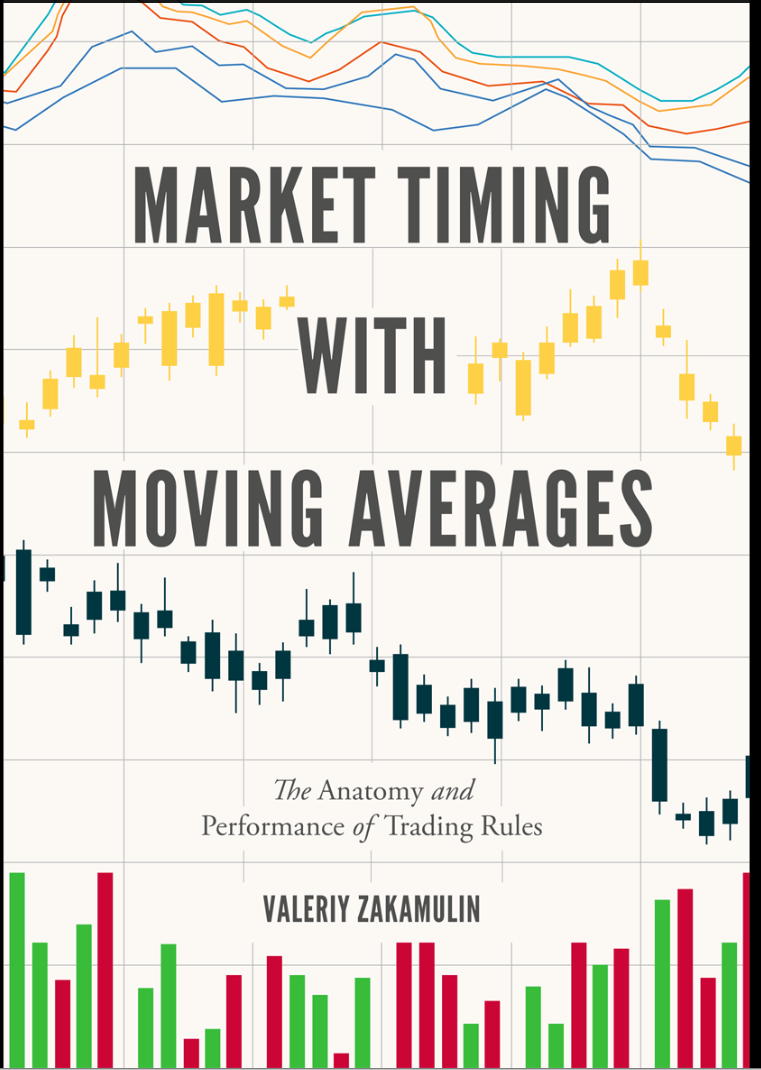Trend-following is something I’ve struggled with for years — always felt like voodoo magic and data-mining. That said, I finally came around to appreciating the practice after a ton of research replication efforts, independent research. At the time I was investigating the topic there really weren’t any references or books that gave me the depth of understanding that I was looking for. What I really wanted was the book that Valeriy Zakamulin has finally written: Market Timing with Moving Averages.
Market Timing with Moving Averages is nearly 300 pages of intense investigation into all things trend-following. If you are serious about considering the craft, you should seriously be considering purchasing this book.

What do I like about the book?
There are many popular academics (Moskowitz, Ooi, and Pedersen) and bloggers (i.e., Gary Antonacci) with a solid grasp of trend-following rules. However, Valeriy is the expert’s expert when it comes to the details on trend-following rules. In fact, we were so impressed by the depth and scale of Valeriy’s knowledge on moving average rules, a few years ago, we labeled Valeriy the, “Moving Average Research King.” Valeriy’s new book only emphasizes that we were probably correct in our assessment.
Valeriy was kind enough to share an 8-part series on trend-following via our website. This mini-course is intense. Valeriy’s book takes this mini-course to a whole new level. Many people consider trend-following to be a dark art practiced by heretics, but this book will open the black-box and help anyone understand trend-following mechanics.
The book is broken down into 11 chapters. A brief summary of each chapter is described below:













Leave A Comment